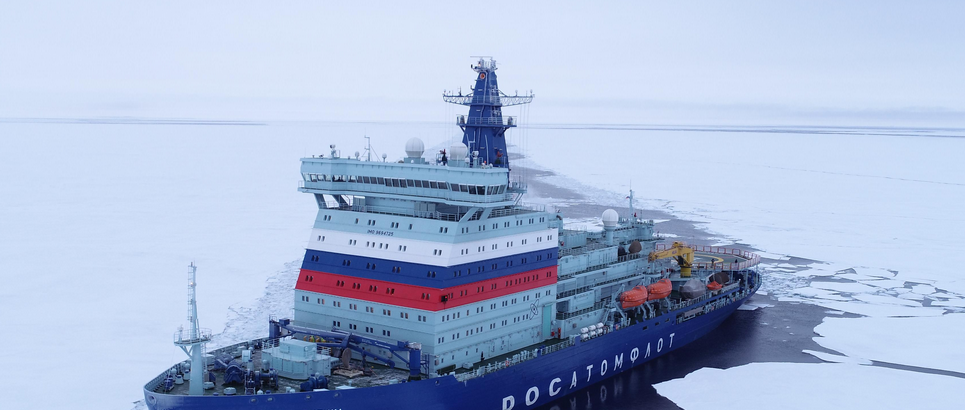
Cargo traffic on the Northern Sea Route (NSR) is to exceed 200 million tonnes by 2030, Yury Trutnev, Deputy Prime Minister of the Russian Federation - Presidential Plenipotentiary Envoy to the Far Eastern Federal District and Chairman of the State Commission for Arctic Development, said at the meeting on the development of the Arctic zone of the Russian Federation chaired by Russian President Vladimir Putin.
According to the official, NOVATEK, Gazpromnft, Rosneft and Severnaya Zvezda to ensure the bulk of cargo traffic up to 2024.
“If those companies implement their plans, cargo traffic on the Northern Sea Route will exceed 200 million tonnes by 2030”, said Yury Trutnev adding that the increased flow of cargoes on the route would require extensive works along the entire NSR in order to ensure safe and reliable shipping. “This work is underway, - said Deputy Prime Minister – Russian shipyards are currently building four nuclear-powered icebreakers including a unique Leader icebreaker. Six more icebreakers are needed by 2030 with four of them to be financed by off-budget resources”.
Aleksey Chekunkov, Ministry for the Development of the Russian Far East and Arctic, earlier said that cargo traffic on the Northern Sea Route (NSR) would surge five-fold over the coming five years.
In 2021, cargo traffic on the Northern Sea Route totaled 34.85 million, 5.7% more than in 2020 (32.97 million tonnes).
The Northern Sea Route is a single transport system in the Russian Arctic sector. It stretches along the northern coasts of Russia across the seas of the Arctic Ocean (Kara, Laptev, East Siberian, Chukchi seas). The route links the European ports of Russia with the mouths of navigable rivers in Siberia and the Far East.
Related link:
Rosatom to launch regular transit line on Northern Sea Route from 2025>>>>



